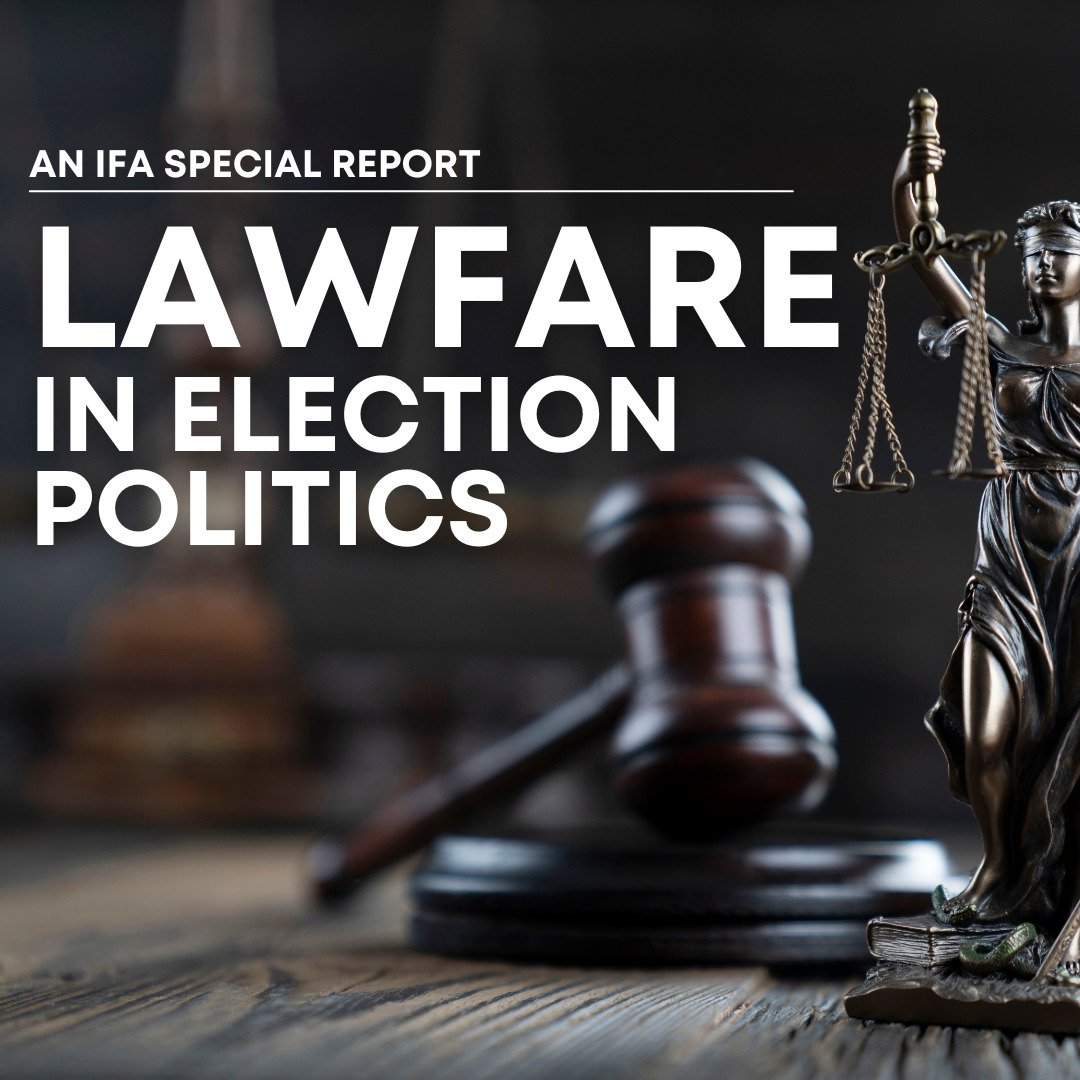GOOD NEWS FROM THE CDC: LATEST “BEST ESTIMATE” SHOWS A FATALITY RATE MUCH LOWER THAN PROJECTED
WHAT IF WE’VE BEEN PRIMED?
GRENELL’S LEGACY: FIND THE LEAKS, UNCOVER THE ABUSE OF INTEL
OS GUINNESS: U.S. GRADUALLY SWITCHING FROM A CHRISTIAN WORLDVIEW TO...
WIKI FOUNDER: WIKIPEDIA’S NEUTRALITY IS DEAD
GOOD NEWS FROM THE CDC: LATEST “BEST ESTIMATE” SHOWS A FATALITY RATE MUCH LOWER THAN PROJECTED
According to the Centers for Disease Control and Prevention (CDC), the current “best estimate” for the fatality rate among Americans with COVID-19 symptoms is 0.4 percent. The CDC also estimates that 35 percent of people infected by the COVID-19 virus never develop symptoms. Those numbers imply that the virus kills less than 0.3 percent of people infected by it—far lower than the infection fatality rates (IFRs) assumed by the alarming projections that drove the initial government response to the epidemic, including broad business closure and stay-at-home orders.
The CDC offers the new estimates in its “COVID-19 Pandemic Planning Scenarios,” which are meant to guide hospital administrators in “assessing resource needs” and help policy makers “evaluate the potential effects of different community mitigation strategies.” It says “the planning scenarios are being used by mathematical modelers throughout the Federal government.”
The CDC’s five scenarios include one based on “a current best estimate about viral transmission and disease severity in the United States.” That scenario assumes a “basic reproduction number” of 2.5, meaning the average carrier can be expected to infect that number of people in a population with no immunity. It assumes an overall symptomatic case fatality rate (CFR) of 0.4 percent, roughly four times the estimated CFR for the seasonal flu. The CDC estimates that the CFR for COVID-19 falls to 0.05 percent among people younger than 50 and rises to 1.3 percent among people 65 and older. For people in the middle (ages 50–64), the estimated CFR is 0.2 percent.
That “best estimate” scenario also assumes that 35 percent of infections are asymptomatic, meaning the total number of infections is more than 50 percent larger than the number of symptomatic cases. It therefore implies that the IFR is between 0.2 percent and 0.3 percent. By contrast, the projections that the CDC made in March, which predicted that as many as 1.7 million Americans could die from COVID-19 without intervention, assumed an IFR of 0.8 percent. Around the same time, researchers at Imperial College produced a worst-case scenario in which 2.2 million Americans died, based on an IFR of 0.9 percent.
Such projections had a profound impact on policy makers in the United States and around the world. At the end of March, President Donald Trump, who has alternated between minimizing and exaggerating the threat posed by COVID-19, warned that the United States could see “up to 2.2 million deaths and maybe even beyond that” without aggressive control measures, including lockdowns.
One glaring problem with those worst-case scenarios was the counterfactual assumption that people would carry on as usual in the face of the pandemic—that they would not take voluntary precautions such as avoiding crowds, minimizing social contact, working from home, wearing masks, and paying extra attention to hygiene. The Imperial College projection was based on “the (unlikely) absence of any control measures or spontaneous changes in individual behaviour.” Similarly, the projection of as many as 2.2 million deaths in the United States cited by the White House was based on “no intervention”—not just no lockdowns, but no response of any kind.
Another problem with those projections, assuming that the CDC’s current “best estimate” is in the right ballpark, was that the IFRs they assumed were far too high. The difference between an IFR of 0.8 to 0.9 percent and an IFR of 0.2 to 0.3 percent, even in the completely unrealistic worst-case scenarios, is the difference between millions and hundreds of thousands of deaths—still a grim outcome, but not nearly as bad as the horrifying projections cited by politicians to justify the sweeping restrictions they imposed.
“The parameter values in each scenario will be updated and augmented over time, as we learn more about the epidemiology of COVID-19,” the CDC cautions. “New data on COVID-19 is available daily; information about its biological and epidemiological characteristics remain[s] limited, and uncertainty remains around nearly all parameter values.” But the CDC’s current best estimates are surely better grounded than the numbers it was using two months ago.
A recent review of 13 studies that calculated IFRs in various countries found a wide range of estimates, from 0.05 percent in Iceland to 1.3 percent in Northern Italy and among the passengers and crew of the Diamond Princess cruise ship. This month Stanford epidemiologist John Ioannidis, who has long been skeptical of high IFR estimates for COVID-19, looked specifically at published studies that sought to estimate the prevalence of infection by testing people for antibodies to the virus that causes the disease. He found that the IFRs implied by 12 studies ranged from 0.02 percent to 0.4 percent. My colleague Ron Bailey last week noted several recent antibody studies that implied considerably higher IFRs, ranging from 0.6 percent in Norway to more than 1 percent in Spain.
(Excerpt from Reason.com. Article by Jacob Sullum.)
Partner with Us
Intercessors for America is the trusted resource for millions of people across the United States committed to praying for our nation. If you have benefited from IFA's resources and community, please consider joining us as a monthly support partner. As a 501(c)3 organization, it's through your support that all this possible.






Comments
Not complaining, just posting a question; my daughter works in a physical rehab place. She is forced to wear a mask 8-9 hours per day, 5 days a week. She can only wear a mask provided by her employer. She is given 4 masks to wear for an entire month! She’s having problems breathing because she is constantly breathing in her own CO2. How suseptical do any of you think she is of contracting something other that COVID19???
Very much so.
I heard from a clerk at the store that she seen 2 people that fainted due to wearing a mask. Also, I heard (but from a third party) that a woman was wearing a mask while driving with just her in the car. She hit a tree.
I truly believe that the wearing of masks is another scare tactic and a constant reminder of the COVID-19 to keep Americans stressed, so they will keep their attention on the virus and not on things going around that are evil and taking our rights.